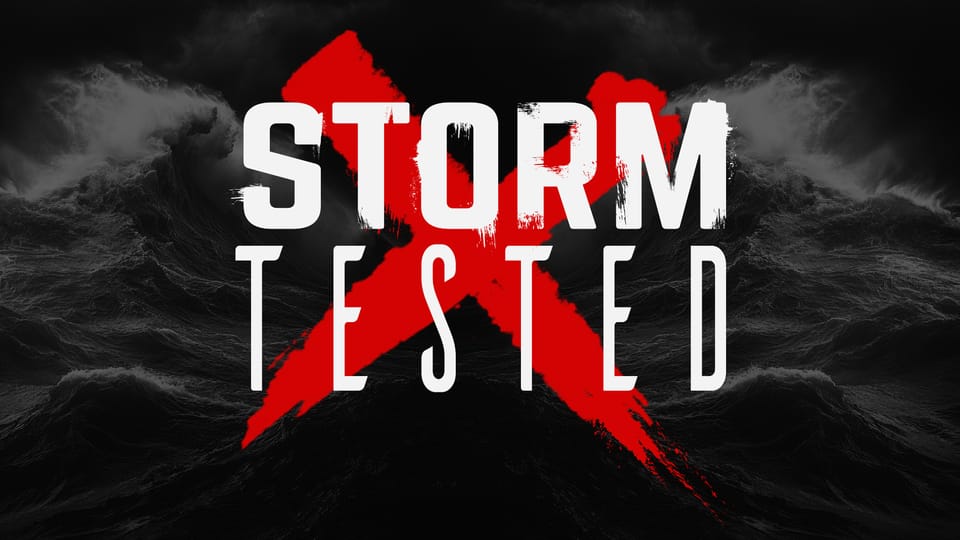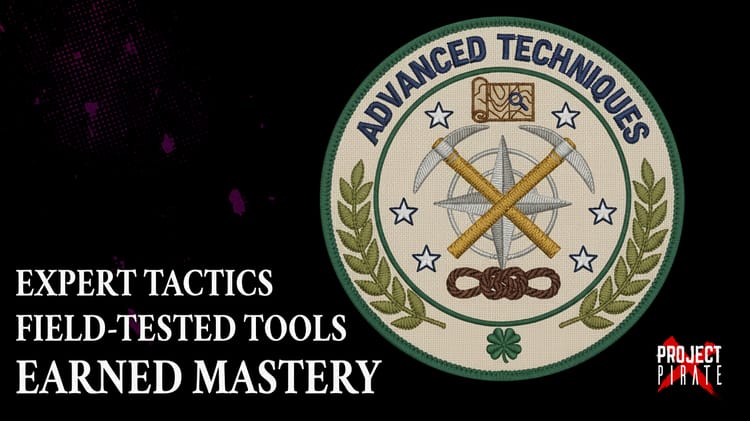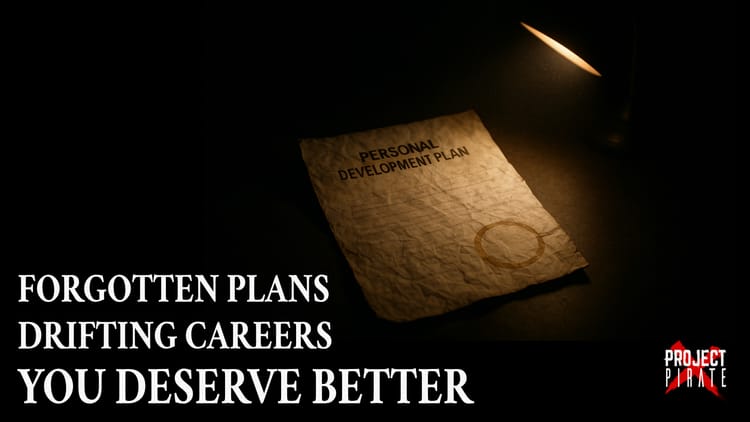Storm-Tested: What Separates Project Leaders from Project Managers?

When competence meets crisis, you discover who your real leaders are.
What Storm-Tested Actually Means
We throw around a lot of terms in professional development: "battle-tested," "seasoned," "experienced," "proven under pressure." But Storm-Tested represents something more specific – and more valuable.
In the age of sail, no sailor earned respect through calm waters alone. The most trusted Crew members were those who had proven themselves when the seas turned violent, when conventional wisdom failed, and when leadership meant the difference between survival and catastrophe. Their competence wasn't theoretical – it was forged in genuine adversity.
Today's project delivery landscape presents similar challenges. Digital transformation initiatives collapse under political pressure. Agile teams fracture when facing genuine complexity. Leaders who look impressive in boardroom presentations crumble when their carefully crafted plans meet unexpected reality.
Storm-Tested is a concept that distinguishes between professionals who merely survive difficulties and those who are fundamentally shaped by them.
The Real Test
Those who are Storm-Tested have led teams through:
- System failures where millions were at risk, down-detector alarms were ringing, social media channels were in meltdown and newspaper headlines loomed.
- Budget cuts that threatened project viability or vendors whose "Off the Shelf" package failed to deliver key business features without substantial cost and time overruns.
- Stakeholder conflicts that could have derailed entire organisational initiatives, requiring careful political navigation to find a path forward.
- Technical challenges that existing frameworks couldn't solve, demanding innovation under pressure or tactical pivots while replanning strategic programmes.
This isn't about surviving minor setbacks. It's about being shaped by experiences where everything was on the line – and emerging not just intact, but genuinely enhanced. See, "When the Wave Hits: Navigating Projects Through the RED"
Those who are Storm-Tested display calm competence born from real experience. They've learned to read the signs of brewing trouble, navigate without clear playbooks and maintain team unity when others would fracture.
What It's Not
It's Not Just "Experienced"
Years of service don't create this capability. You can work for decades in comfortable roles, following established processes, without ever facing genuine uncertainty.
It's Not "Battle-Tested"
Battle implies conflict and opposition. This is often about navigating challenges where the adversary is uncertainty itself - market conditions, technical complexity, resource constraints or organisational change (the things that the classroom tutors told you to use the PESTLE analysis for!). The "enemy" isn't another person or company; it's the inherent difficulty of creating something meaningful in an unpredictable world.
It's Not About Surviving Trauma
Some people experience significant adversity but become risk-averse or damaged by it. This specifically refers to those who grow from difficulty - who develop enhanced capability, not defensive habits. The storm forges strength, aptitude, clarity and intuition, not scars.
It's Not Academic or Theoretical
No certification programme creates this capability. No business school case study replicates the weight of real decisions with real consequences. They may have taught frameworks and tools to adopt, but when pressure is applied and the dynamics are changing from minute to minute, your reality is put in check. This is where the price of your scars return like compounded investments you didn't know you had.
Can You Develop This?
This capability can be developed, but not through traditional training programmes. It requires deliberately seeking meaningful challenges, accepting responsibility for uncertain outcomes and learning from both successes and failures in high-stakes environments.
Most importantly, it requires the right mindset – viewing difficulties as development opportunities rather than problems to avoid. It's about taking the uphill path, that looming munro in the distance, pushing yourself to take the hard choices instead of the easy ones; committing to the act of meeting the challenge head-on knowing that you will be better for it in the long term.
Comfort builds competence. Storms build leaders.
Like the sailor's swallow tattoo representing 5,000 nautical miles earned through genuine experience, this kind of competence must be earned, not awarded through promotion or certification. See "The Tattoo That Outranks an MBA: Why Real Leaders Earn, Not Memorise"
Most professional development assumes you can build Storm-Tested capability through simulation - case studies, scenario planning, crisis management workshops. But adversity can't be manufactured safely.
Real Storm-Testing requires genuine stakes. Your decisions must have consequences that matter - to your team, your organisation, your own career. The fear has to be real because that's what forces the growth.
This doesn't mean recklessly seeking out disasters. It means:
Accepting stretch assignments where success isn't guaranteed and failure would be visible. Taking responsibility for outcomes when you don't control all the variables.
Leading during uncertainty when there's no playbook and no one else wants the role. Supporting your team through genuine difficulty rather than delegating the pressure upward.
The hardest part? You often won't know if you're Storm-Tested until the storm actually hits. No amount of theoretical preparation fully prepares you for the weight of real decisions with real consequences.
Your Journey
The uncomfortable truth is that many professionals spend entire careers avoiding the experiences that would forge them into true leaders. We optimize for comfort, predictability, and safe progression up established hierarchies.
But the business landscape isn't becoming more predictable. If anything, the storms are getting more frequent and more intense. Digital disruption, economic volatility, remote team management, supply chain complexity - these aren't temporary challenges. They're the new normal.
Which means the question isn't whether you'll face your Storm-Testing moment. It's whether you'll be ready when it arrives.
Start with honest assessment: What challenges have genuinely tested you? Where did you discover capabilities you didn't know you had? When did you surprise yourself with your ability to hold steady when others were fracturing?
Look for growth opportunities: Where are the meaningful challenges in your current role or industry? What assignments would stretch you beyond comfortable competence? Who are the Storm-Tested leaders you could learn from directly?
Examine your responses: When difficulties arise, do you instinctively seek to control and contain, or do you look for the growth opportunity hidden within the chaos? Do you see setbacks as problems to avoid or as intelligence to integrate?
What constitutes a meaningful storm for one professional might be routine weather for another. The key is honest self-assessment: where and when have you been genuinely tested and what did you learn that made you more capable?
The Storm-Tested aren't fearless - they've simply learned that the alternative to growth is irrelevance. In a world where change is the only constant, the ability to not just survive but thrive in uncertainty becomes the ultimate competitive advantage.
More importantly: where are the storms on your horizon that could forge you into the leader your industry needs?
The storms are coming. The question is whether you'll be ready for them.
Join The Crew - for those ready to navigate uncharted waters with Storm-Tested confidence. ⚓️




